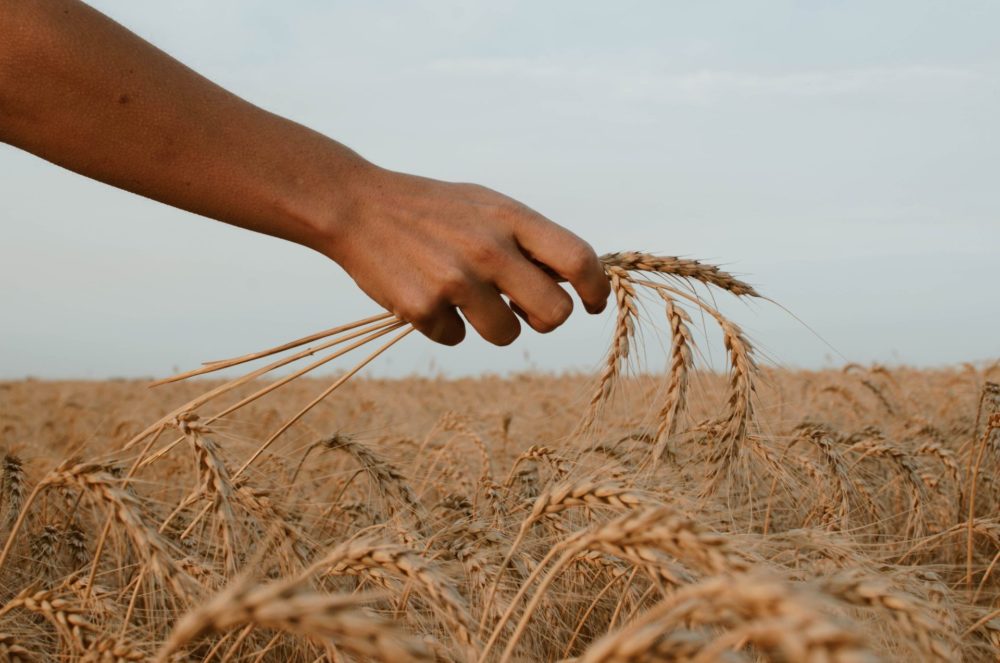Disclosure: AFN’s parent company, AgFunder, is an investor in Solinftec.
“The grain business is so analog today. A lot of work is still done by spreadsheet, phone call, and whiteboarding,” Bret Sitzmann, head of ecosystems and grain at Solinftec, tells AFN.
Brazil-based Solinftec, which invested $50 million in 2018 to expand into the US, now offers software for the grain trade that aims to bring more efficiency and transparency to transacting, handling, and storing the commodity.
Its AI-driven technology allows grain merchandisers to access real-time insights about the market so they can trade with live contract balances and with the most current information available. It also notifies users about anomalies or opportunities they may want to consider.
The hope is that this data might also help to eliminate paperwork and other administrative tasks, allowing people in the grain industry to spend more of their time on trading and networking.
Digitalizing the grain trading process is no small task. The seemingly simple task of coordinating trucks can be a massive effort and consume as much as 80% of a grain merchandiser’s time, Solinftec claims.
To that end, the startup has launched two new offerings: Solinftec Freight and Solinftec Basis. The ultimate goal with both is to shift margin earlier in the supply chain so that farmers can benefit, Sitzmann says.
Solinftec Freight gives grain traders increased visibility of transportation and logistics, streamlining their communication with carriers and saving time and money for all stakeholders.
Solinftec Basis optimizes trading opportunities for grain merchandisers, helping them find the most profitable paths through the supply chain when originating and marketing grain.
Both are now available in the US and Canada.
“[Freight] digitizes freight management better and more efficiently. After that, [Basis] focuses on the trade itself – and that’s what really matters,” Sitzmann says.
“That’s where the money is made. So we free that up that time for the merchandiser, get them away from freight management, and towards thinking about the trades they are making every day and giving them a graphical representation of the opportunities.”
When developing the two tools, Solinftec began by working with rural elevators to understand how the process works at the ground level. It then turned to larger players, like merchandisers, who would use the technology on a daily basis to fine-tune it.
“We are really focused on service providers — meaning those closest to the farmer — whether we are talking about our retail application solution or our grain offering, or even what we are doing in South America with sugar,” Sitzmann says.
“Our message is that we are partnering with those early-in-the-supply-chain country elevators and we are giving them tools to enhance transparency and grain trading.”
The elevators have been eager to test out the new platforms, Sitzmann says. And by giving elevators better tools, farmers stand to reap the benefits – making them eager adopters, too, he argues.
“We’re making better trades, we’re better organized, and our logistics are enhancing transparency. That makes for better bids for farmers, and we haven’t had a farmer turn away a better bid yet.”
Other players are making tech-led efforts to bring grain trading up to speed. Among them are Bushel, which recently launched a grain-focused fintech offering, and Scoular, which launched an app last year aimed at eliminating some of the paper-based trading in the industry.




